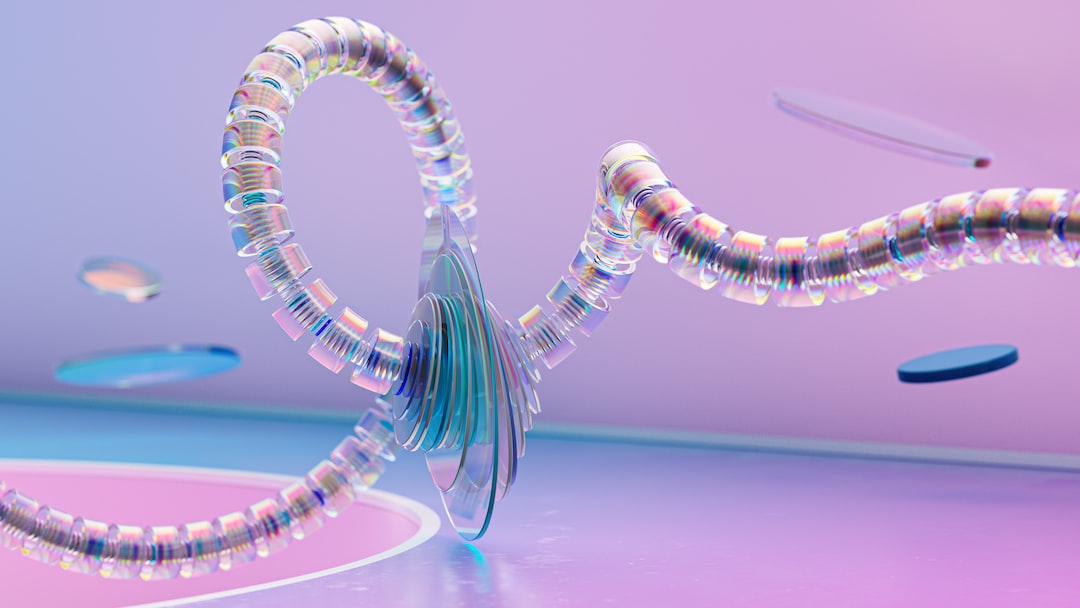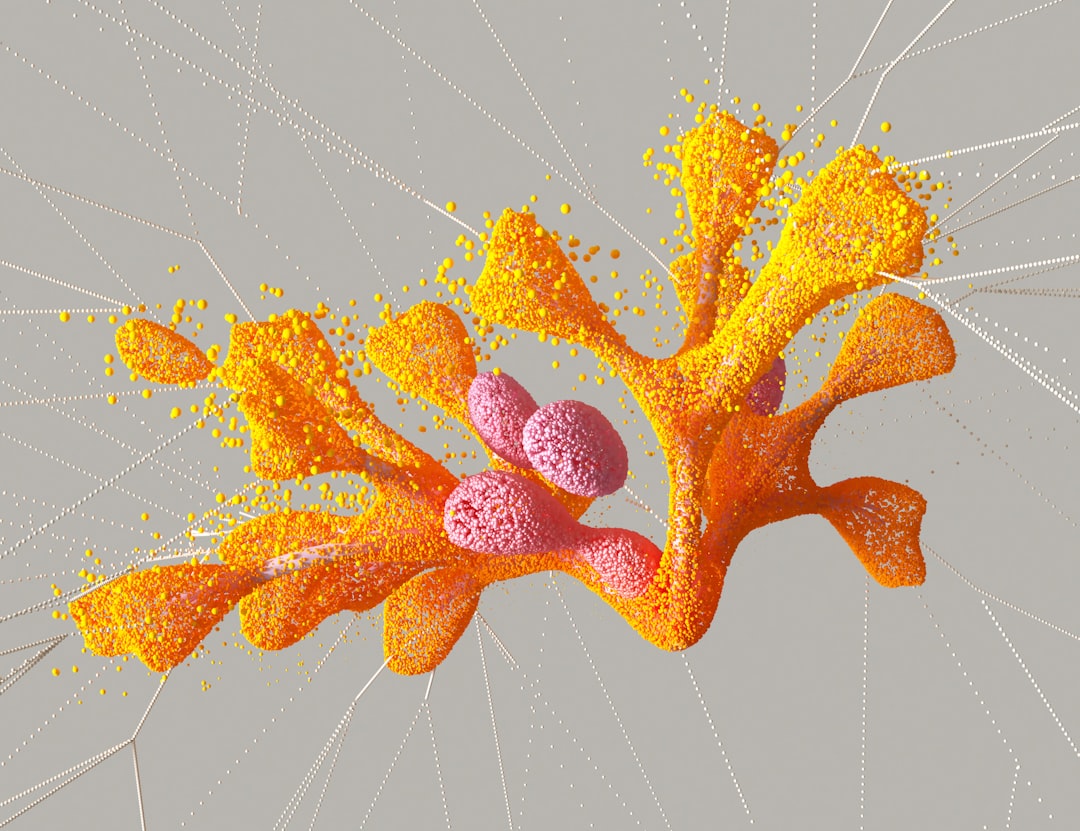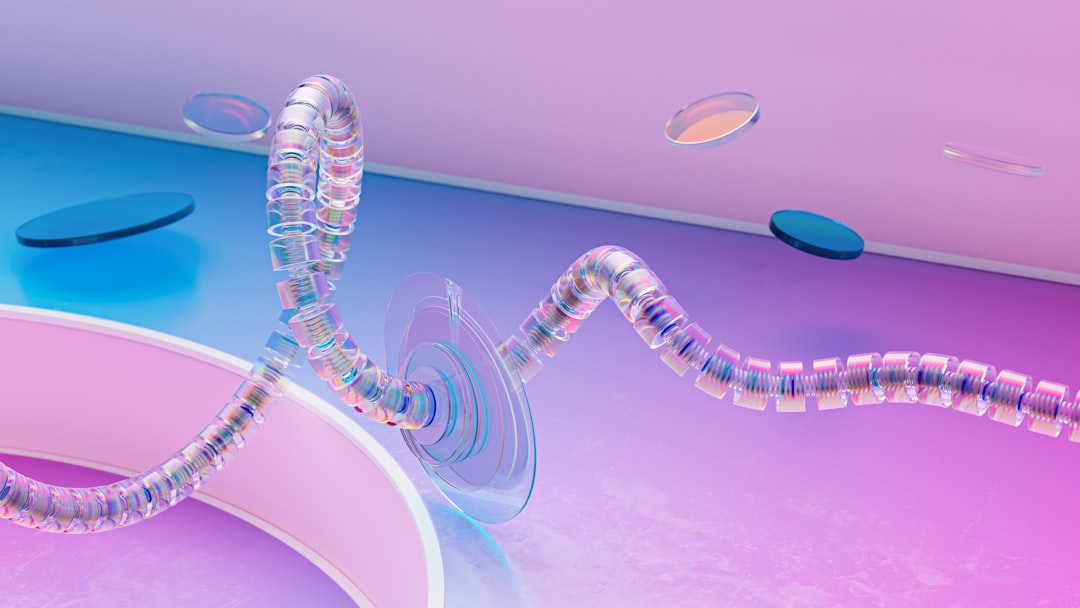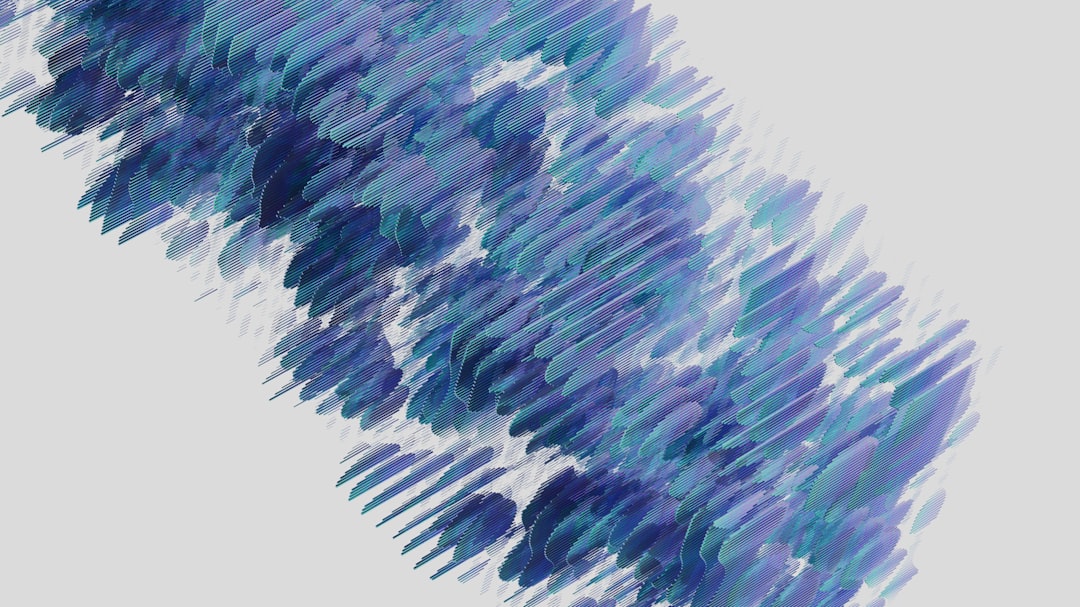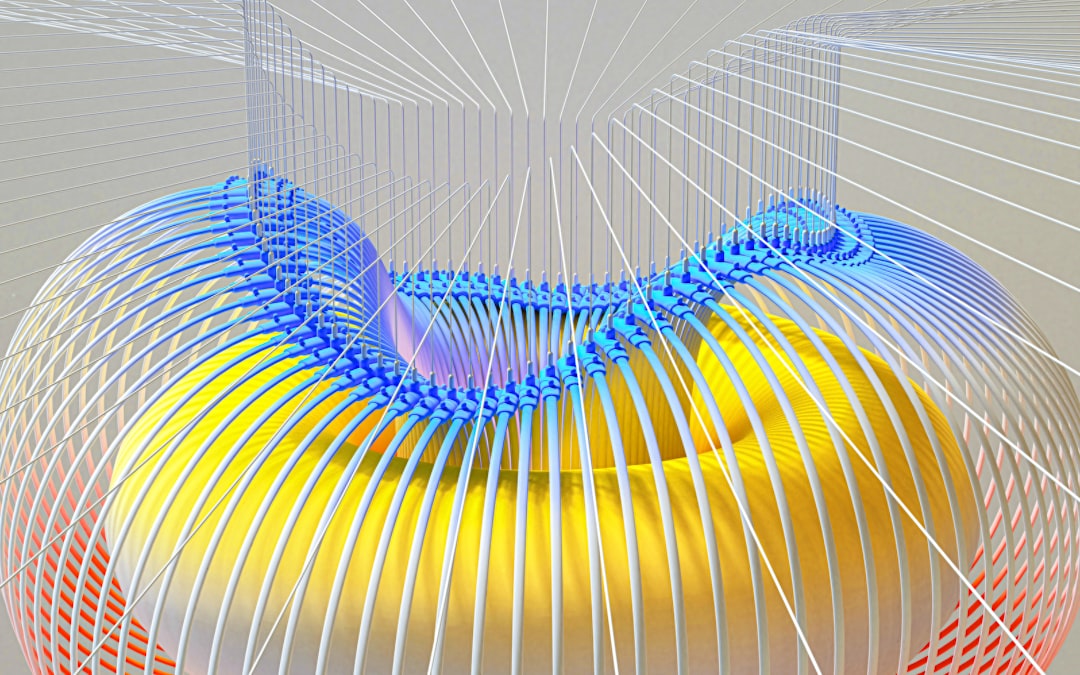Art and artificial intelligence (AI) may seem like two completely different fields, but they are becoming increasingly intertwined. As technology continues to advance, AI is proving to be an invaluable tool for artists, curators, educators, and even art collectors. In this blog post, we will explore the intersection of art and AI, discussing how machines are learning to create, AI’s role in exhibition design, enhanced accessibility in art education, the impact of AI on art authentication, online art sales, and the future of art and AI.
The marriage of art and technology is not a new concept. Artists have been experimenting with technology for centuries, from the invention of the camera obscura to the use of digital tools in contemporary art. However, AI is taking this relationship to a whole new level. With the ability to analyze data, recognize patterns, and learn from experience, machines are now capable of creating their own works of art. But what does this mean for the future of art? Will machines replace human artists? Or will they enhance the creative process, allowing artists to push the boundaries of what is possible?
As we dive into the various ways that AI is impacting the art world, we will explore these questions and more. From the art of curation to the authentication of artworks, we will examine how AI is changing the way we create, appreciate, and understand art. So, let’s begin this journey into the intersection of art and AI.
Artistic AI: How Machines are Learning to Create
Artificial intelligence (AI) has come a long way since its inception, and its impact on the world of art is undeniable. With the advancement of technology, machines are now capable of creating art that is not only aesthetically pleasing but also thought-provoking. The concept of machines creating art may seem like a dystopian nightmare to some, but it is a reality that we must embrace.
One of the most fascinating aspects of AI-generated art is how machines are learning to create. Unlike the traditional approach to art where a human artist creates something from scratch, AI-generated art is created through a process of machine learning. This means that machines are fed vast amounts of data, which they use to learn and create their own unique pieces of art.
This process of machine learning is made possible through the use of neural networks, which are essentially computer programs that are modeled after the human brain. These networks are capable of processing vast amounts of data and recognizing patterns in that data. This ability to recognize patterns is what allows machines to create art that is both unique and aesthetically pleasing.
One of the most famous examples of AI-generated art is the portrait of Edmond de Belamy, created by the French art collective Obvious. The portrait was created using a machine learning algorithm, which was fed thousands of images of portraits from the 14th to the 20th century. The algorithm then used this data to create its own unique portrait, which was printed onto canvas and sold at Christie’s auction house for $432,500.
While some may argue that AI-generated art lacks the emotion and creativity of human art, others see it as a new form of artistic expression. AI-generated art has the potential to push the boundaries of what we consider to be art, and it opens up new avenues for creativity and innovation.
The intersection of art and AI is a fascinating and rapidly evolving field. The concept of machines creating art may seem strange, but it is a reality that we must embrace. The process of machine learning is allowing machines to create art that is both unique and aesthetically pleasing, and it has the potential to push the boundaries of what we consider to be art. As we move forward, it will be interesting to see how AI-generated art evolves and how it will impact the world of art as we know it.
This ability to recognize patterns is what allows machines to create art that is both unique and aesthetically pleasing.
The Art of Curation: AI’s Role in Exhibition Design
As artificial intelligence continues to make strides in the art world, its impact is being felt in a variety of ways. One area where AI is proving particularly useful is in the curation of exhibitions. Traditionally, curators have been responsible for selecting artworks, arranging them in a particular order, and creating an overall narrative for the exhibition. However, AI is now being used to assist curators in these tasks, and in some cases, even take over completely.
One of the most significant benefits of AI in exhibition curation is its ability to analyze vast amounts of data. By examining data on artworks, artists, and exhibitions, AI algorithms can identify patterns and connections that might be missed by human curators. This can lead to more nuanced and diverse exhibitions that reflect a broader range of artistic perspectives and movements.
Another way that AI is changing exhibition curation is by enabling curators to experiment with new exhibition formats. For example, some museums are using AI to create virtual exhibitions that can be accessed online from anywhere in the world. These exhibitions can incorporate interactive elements, such as 3D models of artworks and audio guides, to provide visitors with a more immersive experience.
AI is also being used to enhance the accessibility of exhibitions. By analyzing data on visitors’ interests, preferences, and behaviors, AI algorithms can suggest artworks and exhibitions that are likely to be of interest to particular visitors. This can help museums and galleries to attract a more diverse range of visitors and make their exhibitions more inclusive.
However, there are also concerns about the use of AI in exhibition curation. Some critics argue that AI could lead to a homogenization of art, as algorithms prioritize artworks that fit within certain parameters. Others worry that AI could replace human curators entirely, leading to a loss of expertise and insight.
Despite these concerns, it seems clear that AI will continue to play an increasingly important role in exhibition curation. As museums and galleries seek to engage new audiences and experiment with new exhibition formats, AI offers a powerful tool for achieving these goals. However, it will be important for curators and institutions to carefully consider the ethical implications of AI in curation and ensure that the technology is used in a way that enhances, rather than replaces, human expertise.
AI is also being used to enhance the accessibility of exhibitions.
Enhanced Accessibility: AI and Art Education
As technology continues to advance, so does its impact on the art world. One of the most exciting developments is the use of AI in art education. With the help of machine learning algorithms, students can now access a wealth of information and resources that were previously unavailable.
One of the main benefits of AI in art education is the ability to personalize learning. Machine learning algorithms can analyze a student’s strengths and weaknesses, and tailor lessons to their individual needs. This means that students can learn at their own pace and focus on the areas they need to improve on.
AI can also help to make art education more accessible. Many schools and universities have limited resources when it comes to art education, and not all students have access to the same opportunities. With AI, students can access online courses, virtual museums, and other resources that would have been impossible to access otherwise.
Another way that AI is enhancing accessibility in art education is through the use of assistive technology. For example, there are now apps that can help people with visual impairments to experience art in a new way. These apps use computer vision to describe the colors, shapes, and textures of a painting or sculpture, allowing people with visual impairments to engage with art in a way that was previously impossible.
Finally, AI is helping to democratize art education. With the rise of online learning platforms and virtual museums, anyone with an internet connection can access high-quality art education resources. This means that people from all over the world, regardless of their background or financial situation, can learn about art and develop their skills.
AI is revolutionizing the way we approach art education. By personalizing learning, enhancing accessibility, and democratizing education, AI is helping to make art education more inclusive and accessible to everyone. As technology continues to advance, we can only imagine the new and exciting ways that AI will continue to impact the art world.
AI can also help to make art education more accessible.
A New Era of Authentication: AI’s Impact on Art Authentication
As the art world continues to evolve, so too does the need for authentication. With the rise of digital art, the question of authenticity has become increasingly complex. How can we be sure that a piece of digital art is truly unique and original? This is where AI comes in.
Art authentication has traditionally been a labor-intensive process, requiring extensive research and analysis. However, AI has the potential to revolutionize this process, making it faster, more accurate, and more accessible.
One of the key benefits of using AI for art authentication is its ability to analyze large amounts of data. By analyzing patterns and comparing them to known examples, AI algorithms can quickly identify inconsistencies or anomalies that may indicate a fake or forgery.
In addition to analyzing data, AI can also assist with the physical examination of artwork. For example, AI can be used to analyze the chemical composition of paint or other materials, helping to determine the authenticity of a piece.
But AI’s impact on art authentication goes beyond just analysis and examination. It can also be used to create digital certificates of authenticity, which can be easily verified and tracked. This can help to prevent fraud and ensure that buyers are getting what they paid for.
Of course, there are also concerns about the use of AI in art authentication. Some worry that relying too heavily on technology could lead to a loss of expertise and human intuition. Others worry about the potential for AI to be hacked or manipulated.
Despite these concerns, it seems clear that AI will play an increasingly important role in the world of art authentication. As the art world continues to evolve, it is important to embrace new technologies that can help us to better understand and appreciate the art around us.
This can help to prevent fraud and ensure that buyers are getting what they paid for.
The Art Market Goes Digital: AI and Online Art Sales
The art market has traditionally been a physical one, with collectors and buyers flocking to galleries and auction houses to purchase works of art. However, with the rise of technology, the art market is slowly but surely moving online. This shift has been accelerated by the COVID-19 pandemic, which has forced many galleries and auction houses to close their doors and move their operations online.
Artificial intelligence has played a significant role in this digital transformation of the art market. AI-powered online platforms have emerged that allow collectors to browse and purchase art from the comfort of their own homes. These platforms use algorithms and machine learning to provide personalized recommendations to buyers based on their preferences and past purchases.
One of the biggest advantages of AI-powered online art sales is the increased accessibility it provides to buyers. With the click of a button, buyers can access a vast collection of art from all over the world, without having to travel or physically visit galleries. This has opened up the art market to a wider audience, including those who may have previously found it difficult to access the physical market due to geographical or financial barriers.
Additionally, AI-powered platforms have made the art buying process more efficient and transparent. Buyers can easily search for specific artists or artworks, compare prices, and view detailed information about the pieces they are interested in. This has made the buying process more streamlined and less intimidating for those who may be new to the art market.
However, there are also concerns about the impact of AI on the art market. Some worry that the increased accessibility and efficiency provided by AI-powered platforms may lead to a homogenization of the art market, with buyers gravitating towards popular, algorithm-recommended works rather than taking risks on emerging or lesser-known artists.
Furthermore, there are concerns about the role of AI in authenticating and valuing works of art. While AI can provide helpful data and analysis, it cannot replace the expertise and knowledge of human art experts. There is a risk that relying too heavily on AI for authentication and valuation could lead to inaccuracies and inconsistencies in the art market.
The rise of AI-powered online art sales is a significant development in the art market. While it has brought increased accessibility and efficiency to the buying process, there are also concerns about its impact on the diversity and authenticity of the market. As the art market continues to evolve in the digital age, it will be important to strike a balance between the benefits of AI and the need for human expertise and knowledge.
Some worry that the increased accessibility and efficiency provided by AI-powered platforms may lead to a homogenization of the art market, with buyers gravitating towards popular, algorithm-recommended works rather than taking risks on emerging or lesser-known artists.
Conclusion: The Future of Art and AI
As we have seen throughout this blog post, the intersection of art and AI is an exciting and rapidly evolving field. From artistic AI to exhibition design, art education, authentication, and online art sales, AI is transforming the art world in unprecedented ways.
But what does the future hold for this dynamic relationship between art and technology? One thing is certain: AI will continue to play a significant role in the art world in the years to come. As machine learning algorithms become more advanced and sophisticated, we can expect to see even more groundbreaking developments in the field of artistic AI.
In terms of exhibition design, AI has the potential to revolutionize the way we experience art. With the ability to analyze vast amounts of data and predict visitor behavior, AI-powered exhibitions could offer a more personalized and immersive experience for art enthusiasts.
Similarly, AI has the potential to enhance art education by making it more accessible and interactive. By using AI to personalize learning experiences and provide feedback to students, we can create a more engaging and effective learning environment.
When it comes to art authentication, AI has already demonstrated its potential to detect forgeries and authenticate artwork with a high degree of accuracy. As this technology continues to improve, we can expect to see a more secure and reliable art market.
Finally, the rise of online art sales has created new opportunities for artists and collectors alike. By using AI to analyze data and predict trends, online art marketplaces can offer a more efficient and effective sales platform for artists, while also providing collectors with a wider range of artworks to choose from.
In conclusion, the future of art and AI is bright and full of possibilities. As we continue to explore the potential of this dynamic relationship, we can expect to see even more exciting developments in the years to come. The art world is changing, and AI is at the forefront of this transformation. It is an exciting time to be a part of this field, and we can’t wait to see where it takes us next.
